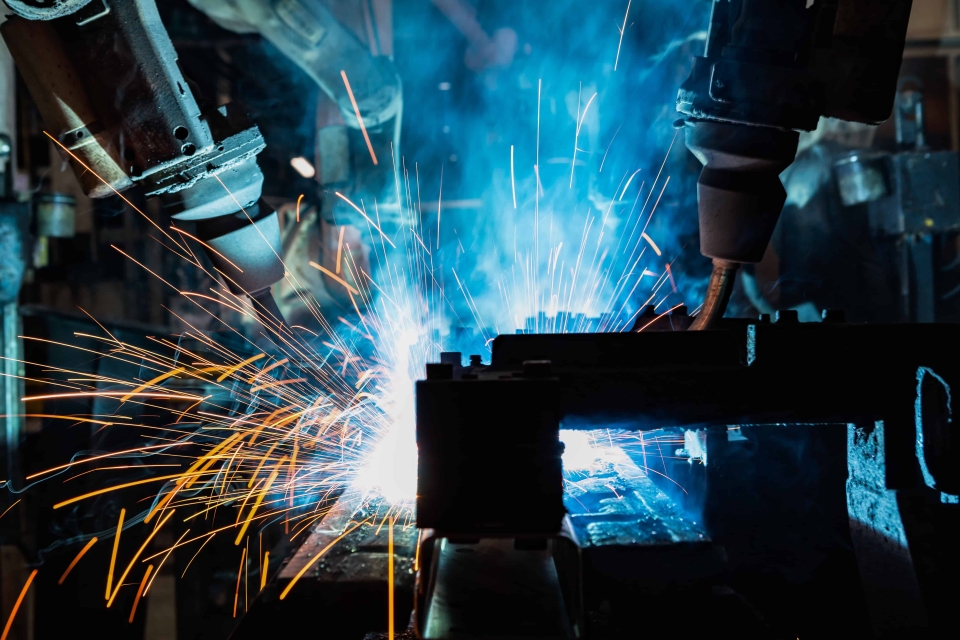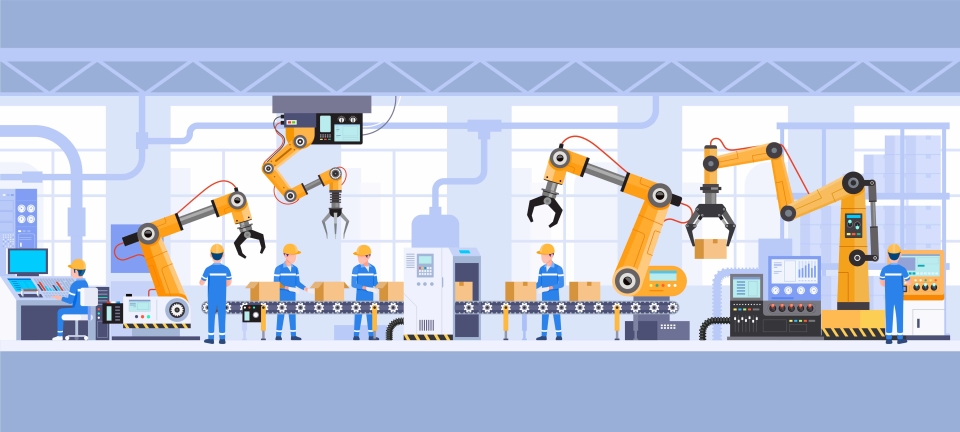Digitalizing the Hand Tools Industry: how AI can take the sector to new heights
2022/02/16 | By CENS
The previous article discussed smart manufacturing practices and the challenges of implementing these new technologies into a real-world situation. For further elaboration on these topics, CENS interviewed Industrial Technology Research Institute (ITRI) Industry, Science and Technology International Strategy Center (ISTI) analyst Silicon Shih via email, covering overall AI trends in Taiwan's industries and how ITRI's AIdea Artificial Intelligence Collaboration Platform fits into the equation.
Aldea is supported by the Technology Development Program in the Department of Industrial Technology, Ministry of Economic Affairs, and developed and implemented by both Computational Intelligence Technology Center and ISTI. The platform focuses on the domestic industrial scene by providing data analysis, data cleaning, and clarifying needs from the data provided by companies. Aldea's platform can solve and develop algorithms accordingly to address industry-specific issues as each industry has varying needs.
As the foundations of Taiwan's industries are built upon small and medium-sized enterprises (SMEs), the following interview will focus on this particular segment of suppliers.
The email interview has been edited for length and clarity.
Q: Is the implementation of AI applications and digital transformation in Taiwan's hand tools industry going smoothly? How are these two tools solving the challenges in the sector?
A: It's only a matter of time for each manufacturing sector to eventually employ AI and digitalization applications. For example, export-oriented semiconductors, display panels, and electronics OEM/ODM, are big users of digitalized platforms and AI technologies. For an industry as export-dominant as the hand tools, it will inevitably take on these technologies. However, the industry has yet to widely adopt AI and digitalization due to less urgency in the sector.
The good news is that due to the widespread adoption of AI in other manufacturing areas, hand tool suppliers have a greater catalog of AI solutions to choose from and resolve issues unique to the industry. On the other hand, company management will need to be willing to support change and consider investment returns and the optimal period to invest in these new tools. Suppliers that offer low-mix high-volume manufacturing are better positioned to reap the benefits.
Q: Apart from government-led initiatives that aim to help lower entry barriers, what steps can companies take to bridge the digital gap? How would an SME that has successfully incorporated AI and smart manufacturing look, and what would the advantages look like?
A: To bridge the digital gap, companies in the traditional sector must first implement the infrastructure for "collecting digital data" so there is enough information to develop related applications, such as AI. Therefore, incorporating sensors, cameras, and set-top boxes used to collect data from machinery, semi-finished and finished products, and even continuous data, such as on-site plant environment and dies' cooling efficiency are all crucial for digitalization.
SMEs that successfully integrate AI/smart manufacturing will gain the most in lowering costs and increasing profits. Examples include AI production scheduling to shorten manufacturing times, reduce raw material waste, and increase production capacity; optimized production and product inspection done by AI can improve quality control, and reduce defect rate. Suppliers can then achieve quality control that other manufacturers can only dream of and vastly reduce return rates -- all factors that can help suppliers significantly increase revenue and market share.
Returning to SMEs' ability to cover costs of implementing these technologies, the AI sector is also working to develop Low-code or No-code AI, which would help push down the overall costs. Domestic start-ups like MoBagel, Profet AI, Chimes AI are all creating a subscription-based solution for SME clients in the manufacturing sector called the "automated robot learning" platform. The platform aims to lower costs by using plug-in tools to help SMEs quickly create their smart factories.
Due to hosting AI competitions, Aldea has over 50 AI models to build foundations for clients, which develops the AI engine to combine industry know-how, allowing SMEs to develop their own AI solutions without the high price tag.

Q: Low birth rates, an aging population, and a workforce are often cited by the traditional industry, hampering companies' ability to attract and retain the next generation of talents. What role does AI pose in the hand tools industry to alleviate the pressure caused by worker retention?
A: The issues posed by low birth rates and an aging society are not limited to the hand tools industry, but also encompass the traditional industries. In the future, companies would have more significant difficulties hiring production line operators, maintaining operation quality, and limiting their operational capacity.
In terms of addressing low birth rates, AI can automate the process to lessen the impacts caused by worker shortages. For instance, normally, most companies would still be using handwritten orders, but in a smart factory, the process would be replaced by robotic process automation (RPA) with an identification system and using AI to create a master production schedule (MPS). The AOI process will follow this up to inspect products for quality control, followed by AGVs transporting the product for storage. Semiconductor and OEM/ODM electronics factories have already widely implemented automated/lights-out manufacturing and could serve as the blueprint for traditional industries like the hand tools sector to follow.
As for the aging population, automation can resolve worker shortages and use AI to "learn" the process and technique from skilled, older, retiring workers. In Taiwan, there are automated solutions for operations such as plumbing/hardware cutting, metal heat treatment, die development, to name a few. Other technologies like human-robot collaboration and exoskeletons are still in development but highly regarded by the industry to resolve worker shortage issues in the traditional sector.


